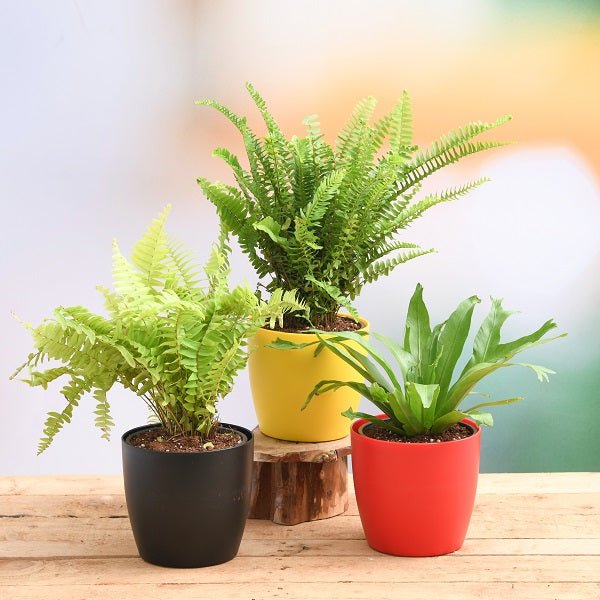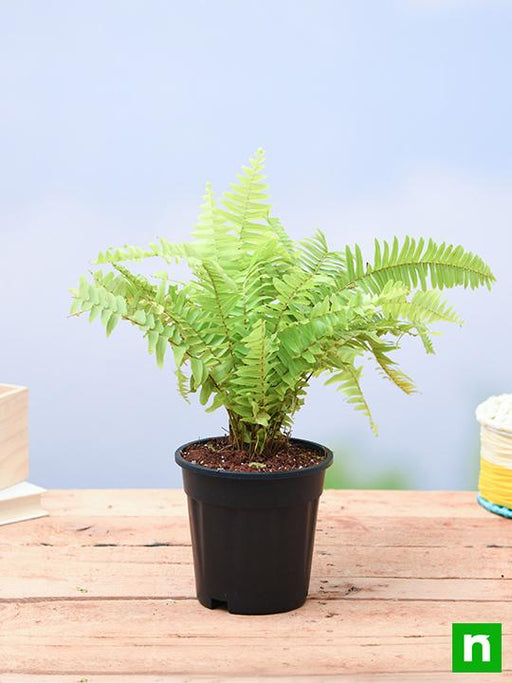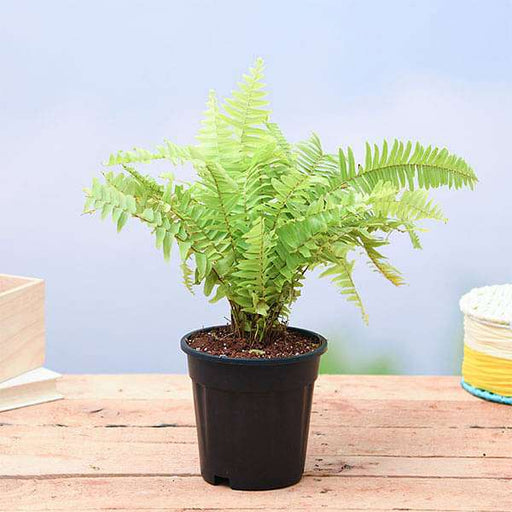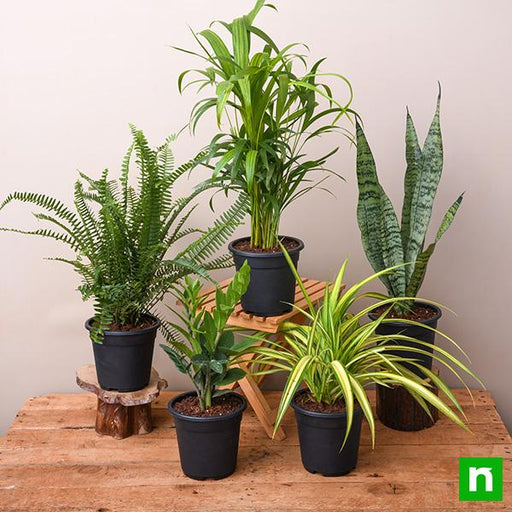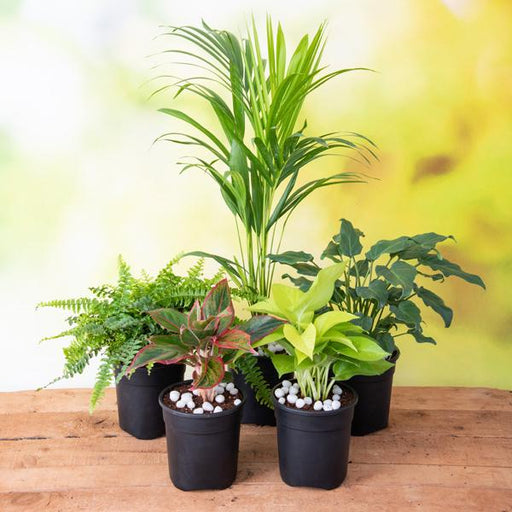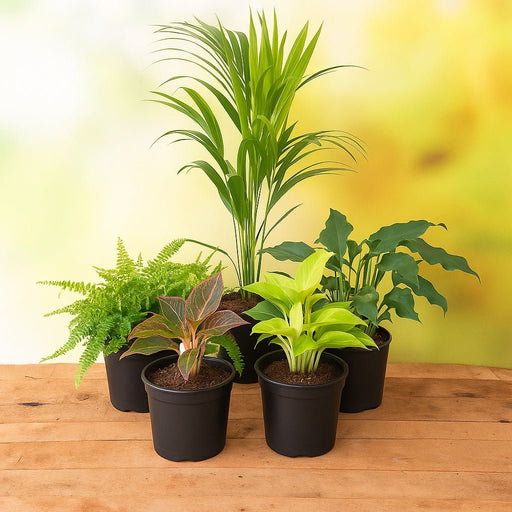Types of Fern Plants
Fern plants are a diverse group of plants that come in a variety of sizes, shapes, and colors. In this article, we will explore the different types of fern plants and their unique characteristics, including their growth habits and maintenance requirements.
Growing Fern Plants
Growing fern plants can be a rewarding and relatively easy task that can add beauty and interest to your garden. In this article, we will provide tips and advice on how to grow fern plants successfully, including soil preparation, watering, and fertilization.
Care and Maintenance of Fern Plants
Proper care and maintenance of fern plants can help them thrive and produce beautiful fronds. In this article, we will discuss the best practices for pruning, fertilizing, and pest control of fern plants.
Fern Plant Diseases
Fern plants are susceptible to a variety of diseases, including fungal infections, root rot, and leaf spot. In this article, we will explore the common diseases that affect fern plants and provide tips on how to prevent and treat them.
Fern Plant Pests
Fern plants can be attacked by a variety of pests, including aphids, spider mites, and scale insects. In this article, we will discuss the common pests that affect fern plants and provide tips on how to prevent and control them.
Benefits of Fern Plants
Fern plants not only add beauty to your garden but also offer a range of benefits to the environment and to humans. In this article, we will explore the many benefits of fern plants, including their ability to purify air, prevent erosion, and provide habitat for wildlife.
Fern Plants for Landscaping
Fern plants are a popular choice for landscaping due to their unique texture and ability to thrive in shady areas. In this article, we will provide advice on how to choose the right fern plants for your landscape and how to incorporate them into your overall design.
Fern Plants for Shade
Fern plants are well-suited for shady areas and can add color and interest to your garden where other plants may struggle. In this article, we will explore the best fern plants for shade and provide tips on how to care for them.
Fern Plants for Containers
Fern plants can be grown in containers to add interest and beauty to your porch or patio. In this article, we will explore the best fern plants for containers and provide advice on how to care for them.
Fern Plants for Hanging Baskets
Fern plants are a popular choice for hanging baskets due to their cascading fronds and unique texture. In this article, we will explore the best fern plants for hanging baskets and provide tips on how to care for them.
Fern Plants for Terrariums
Fern plants are a popular choice for terrariums due to their ability to thrive in moist, humid conditions. In this article, we will explore the best fern plants for terrariums and provide advice on how to care for them.
Fern Plants for Rock Gardens
Fern plants can add texture and interest to rock gardens due to their ability to thrive in crevices and between rocks. In this article, we will explore the best fern plants for rock gardens and provide advice on how to care for them.
Fern Plants for Water Gardens
Some fern plants are aquatic or semi-aquatic and can add beauty and interest to water gardens. In this article, we will explore the best fern plants for water gardens and provide advice on how to care for them.
Fern Plants for Edible Landscaping
Some fern plants are edible and can be incorporated into your edible landscaping
Fern Plants for Ground Cover
Fern plants can be used as a low-maintenance ground cover to prevent soil erosion and add visual interest to your landscape. In this article, we will explore the best fern plants for ground cover and provide advice on how to care for them.
Fern Plants for Air Purification
Fern plants are known for their ability to purify the air by removing harmful toxins and pollutants. In this article, we will explore the best fern plants for air purification and provide tips on how to care for them.
Fern Plants for Medicinal Use
Some fern plants have medicinal properties and are used in herbal remedies for various health conditions. In this article, we will explore the best fern plants for medicinal use and provide information on their health benefits.
Fern Plants for Wildlife
Fern plants provide important habitat and food for a variety of wildlife, including birds and insects. In this article, we will explore the best fern plants for attracting wildlife to your garden and provide tips on how to create a wildlife-friendly landscape.
Fern Plants for Indoor Use
Fern plants can add beauty and interest to your indoor space and can thrive in low-light conditions. In this article, we will explore the best fern plants for indoor use and provide advice on how to care for them.
Fern Plants for Wedding Decor
Fern plants are a popular choice for wedding decor due to their unique texture and ability to add a natural and romantic touch to any venue. In this article, we will explore the best fern plants for wedding decor and provide tips on how to incorporate them into your wedding design.

